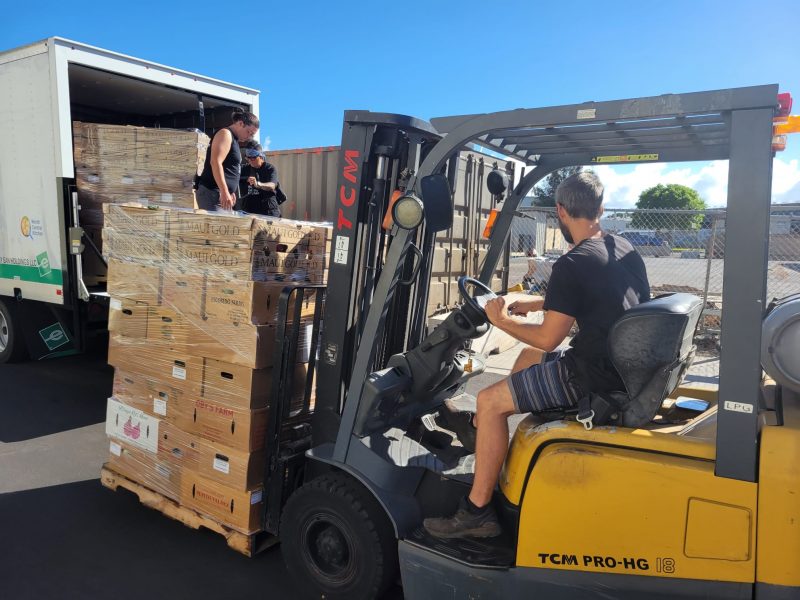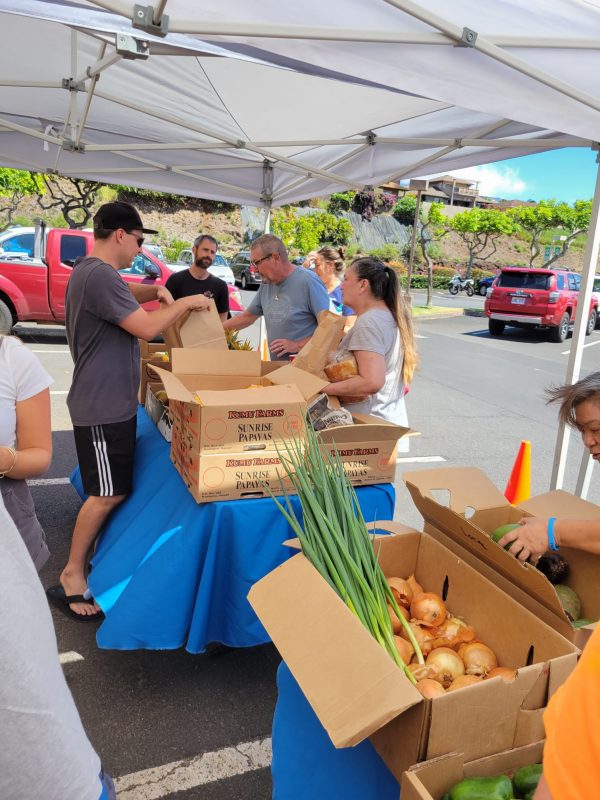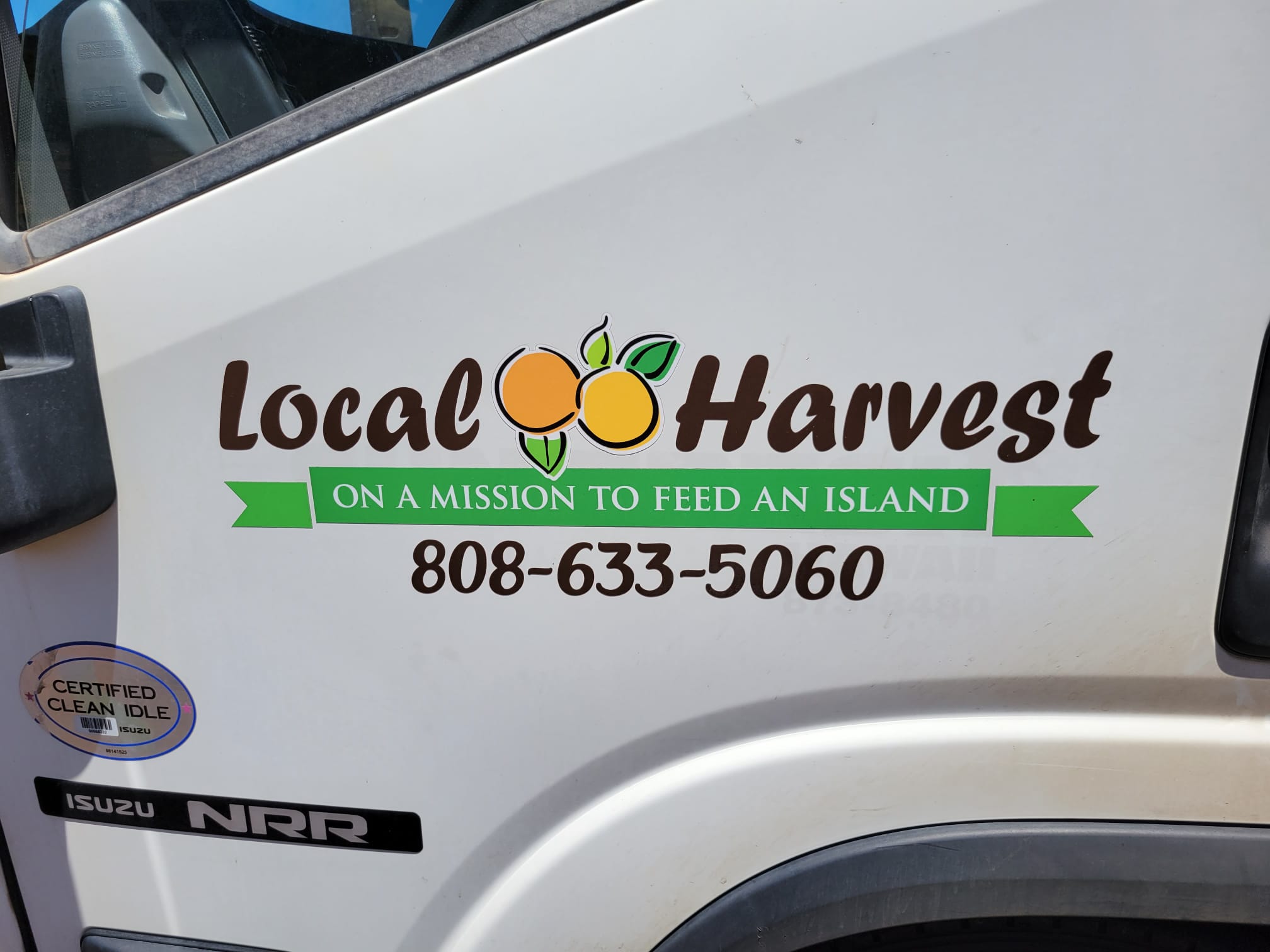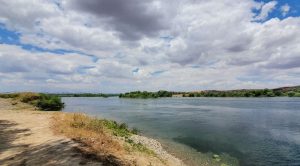Lahaina is an important and historical town in Maui island, Hawaii. Here, on 8th August 2023 a devastating fire came and resulted in the destruction of more than 2200 structures, with over 115 victims and 388 people missing. The fire destroyed 80% of the town.
The fire started on 8th august, but there were no warnings: no alarms or other kind of warnings. The population became aware of the danger only when it came in their houses.
For some days they stayed without water and electricity, until it was restored but only partially.
What happened was that there were many displaced people: the one who lost their home where reallocated in hotels – being Maui a very touristic spot. The tourism sector, which accounts for 40% of the economy, abruptly ceased, leading to widespread job losses. However, the people living in hotels have no certainty about the future of next months. Those hotels will soon be full with tourists, again. This means that there will be no space for hosting all the displaced ones, forcing them to either become homeless or to move to the mainland.
In the aftermath of the fire, many island retailers, restaurants, and hotels were faced with substantial sales declines and permanent closures.The disruption in the supply and demand chain also plunged farmers into crisis, resulting in significant halt in the local crops economy.
Another consequence of the fire was that the large amount of displaced people remained without food. Fortunately around five organizations – including World Central Kitchen and a local non-profit, Homeless Heroes Hawaii – got together and managed to provide food for everyone. Food distribution started very soon and it was located in places easy to find, for people to go and collect some stuff.
In Maui only 15% of the food is local, all the rest is imported but Local Harvest, is a local business who aims to reverse the tendency and provide food supplies starting from local farmers. Its mission revolves around supporting local farmers by offering them a reliable market for their crops. It has consistently purchased approximately 30% of the total locally grown produce from more than 100 farmers.

The environment
What happened in Maui is due to severe droughts and misuse of land. As Steve points out, “Lahina used to be lush and green; the current condition happens after years of misuse of water and deforestation that caused dryness in West Maui”. What could be useful to reverse this tendency is to practice reforestation and to consider a better use of water resources.
Reconstruction will take time
When the fire came, school had started for one month. Soon after the emergency there were no schools, then schools which were not affected incorporated the children. Some started outdoor classes and others started homeschooling. However, it will take time to build schools again.
The government came in later with support and there is still no clear idea about reconstruction will be. There is a lot of clean up to do, and around 2500 homes to re-build ; it could take minimum two years. Steve Philips, spokesperson of Local Harvest and resident in Lahina, told: “Before the fire there were 400 homeless people in Maui island; after it, homeless could become 10.000 people”. Another fast option could be to set up some tiny houses. For the housing project there is also a fundraising goal of 100 million dollars for housing projects.

A strong community
The community already experienced how it was to face an emergency: during pandemic times, people helped each other and faced the food emergency that went along the sanitary ones. Now, most of the business is lost, but still people are caring about each other and showing a big community spirit. Indeed, the role of Local Harvest was crucial. Initially, Local Harvest donated a significant amount of food to fire victims. With funding from Hawaii Food Hub Hui, Steve purchased as much of the farmers’ crops as possible, safeguarding them from devastating losses that could have severely impacted the local agricultural economy. These items were then distributed to local kitchens, where over 10,000 meals are prepared daily for disaster victims. This initiative effectively redirected community resources to support victims while simultaneously aiding the local economy. “Despite this tragic event, it’s inspiring to see people gathering, coming together and helping each other.” says Steve.






Be First to Comment